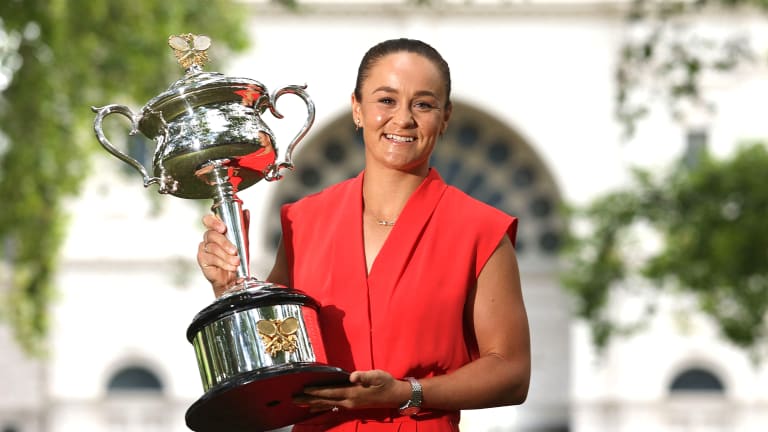Facts & Stats
15 things Ashleigh Barty achieved at the Australian Open this year
By Feb 02, 2022Facts & Stats
Most prize money in 2025: Aryna Sabalenka breaks single-season WTA record
By Dec 05, 2025Facts & Stats
Most wins in 2025: Carlos Alcaraz dominates leaderboard with sparkling 71-9 record
By Dec 04, 2025Facts & Stats
Biggest ranking jumps in 2025: Amanda Anisimova makes biggest leap into Top 10
By Dec 03, 2025Facts & Stats
Most titles in 2025: Carlos Alcaraz joins exclusive list with eight trophies this year
By Dec 02, 2025Facts & Stats
Most aces in 2025: Elena Rybakina becomes first woman in nine years to surpass 500 aces
By Dec 01, 2025Facts & Stats
10 sensational things Jannik Sinner achieved by winning this year's ATP Finals in Turin
By Nov 20, 2025Facts & Stats
Roger Federer is headed to the International Tennis Hall of Fame: 26 stats for his 2026 induction
By Nov 19, 2025Facts & Stats
Generational Rivalry: Jannik Sinner, Carlos Alcaraz head into 2026 after playing for four of five biggest titles
By Nov 16, 2025Facts & Stats
Carlos Alcaraz and Jannik Sinner's blockbuster final clash at the ATP Finals: 10 things to know
By Nov 16, 202515 things Ashleigh Barty achieved at the Australian Open this year
From improving to 3-0 in Grand Slam finals to ending a 44-year drought for a home champion at the Australian Open, Barty’s resume just kept growing in Melbourne this year.
Published Feb 02, 2022
Advertising

Not only has Barty won 22 of her last 23 matches against Top 30 players, she's won 17 of her last 18 against Top 20 players and 12 of her last 13 against Top 10 players.
© AFP via Getty Images